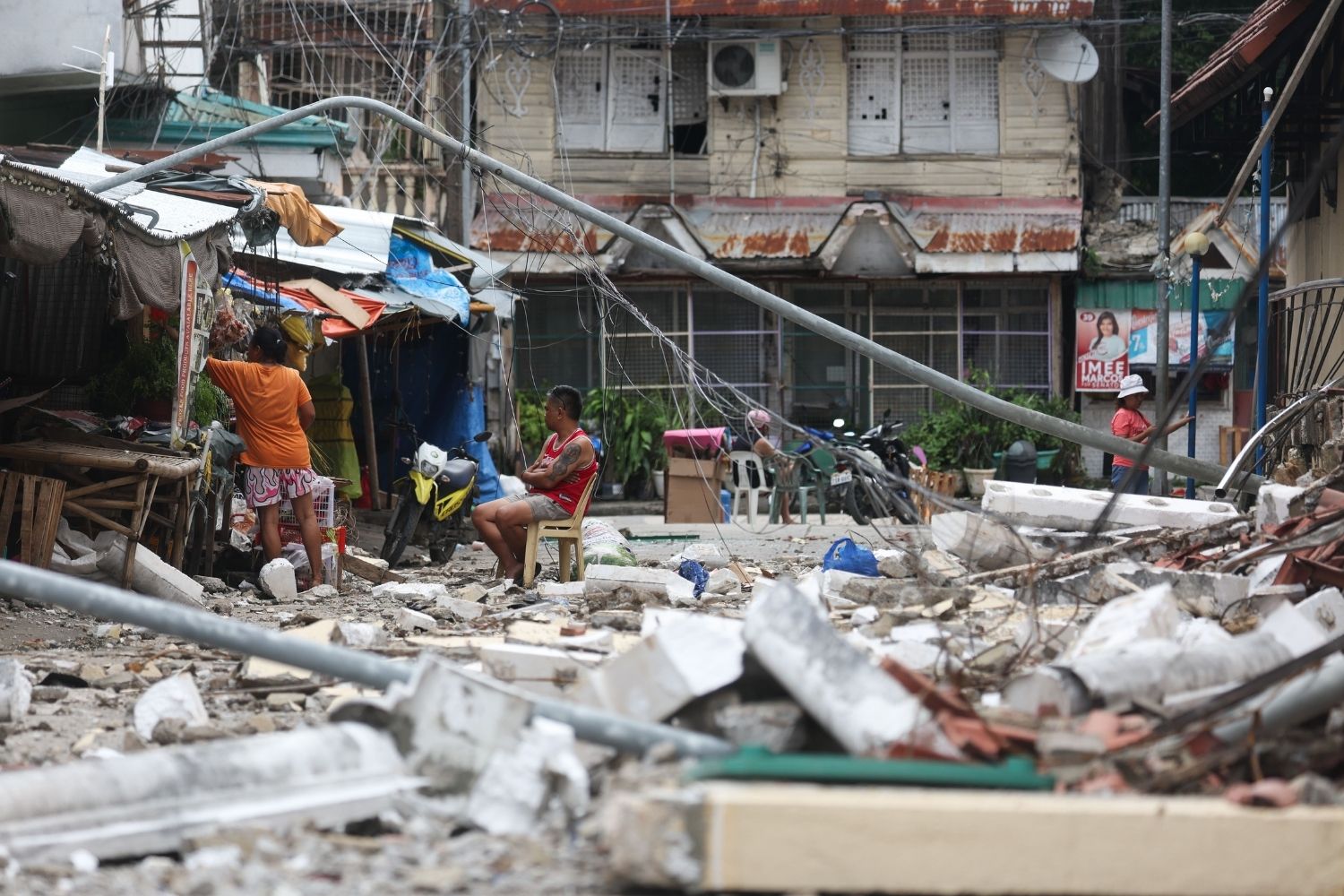
Did you know that the Philippines experienced a 7.4 magnitude earthquake? This powerful quake shook the nation, leaving many in awe of nature's force. Earthquakes of this magnitude can cause significant damage and impact countless lives. Understanding these events helps us prepare and respond better. In this post, we'll share 30 facts about the 7.4 magnitude earthquake in the Philippines. From the science behind the quake to its effects on communities, you'll gain a deeper insight into this natural phenomenon. Stay with us as we explore the details and uncover the resilience of the Filipino people in the face of such challenges.
The 7.4 Magnitude Earthquake: An Overview
In the early hours of a seemingly ordinary day, the Philippines was rocked by a powerful 7.4 magnitude earthquake. This seismic event left a significant mark on the country, affecting countless lives and altering landscapes. Here are some compelling facts about this natural disaster.
- The earthquake struck on July 27, 2022, at approximately 8:43 AM local time.
- The epicenter was located in the province of Abra, a region known for its mountainous terrain.
- The quake had a depth of 10 kilometers, making it relatively shallow and thus more destructive.
- This earthquake was one of the strongest to hit the Philippines in recent years.
- The tremors were felt as far away as Manila, the capital city, which is over 400 kilometers from the epicenter.
Immediate Impact and Damage
The immediate aftermath of the earthquake saw widespread damage to infrastructure and buildings. The following facts highlight the extent of the destruction.
- Numerous buildings, including homes, schools, and hospitals, suffered significant structural damage.
- Several bridges and roads were rendered impassable, complicating rescue and relief efforts.
- Power outages affected thousands of households, plunging many areas into darkness.
- Water supply systems were disrupted, leading to shortages in affected regions.
- Communication lines were down, making it difficult for people to contact loved ones and emergency services.
Human Toll and Casualties
The human cost of the earthquake was substantial, with many lives lost and countless others affected. These facts shed light on the human toll.
- At least 10 people lost their lives due to the earthquake and its immediate aftermath.
- Over 100 individuals were injured, some critically, requiring urgent medical attention.
- Thousands of residents were displaced from their homes, seeking shelter in temporary evacuation centers.
- Many families were separated during the chaos, leading to emotional distress and anxiety.
- The psychological impact on survivors, especially children, was profound and long-lasting.
Rescue and Relief Efforts
In the wake of the disaster, rescue and relief operations were launched to assist those affected. Here are some key facts about these efforts.
- The Philippine government quickly mobilized military and civilian resources for rescue operations.
- International aid poured in from various countries, providing much-needed supplies and support.
- Local communities banded together, offering shelter, food, and assistance to those in need.
- Medical teams were dispatched to provide emergency care and prevent the spread of diseases.
- Volunteers played a crucial role in distributing relief goods and helping with cleanup efforts.
Long-term Effects and Recovery
The long-term effects of the earthquake are still being felt, with recovery efforts ongoing. These facts highlight the challenges and progress in rebuilding.
- Rebuilding efforts are estimated to cost billions of pesos, putting a strain on the country's economy.
- Many residents are still living in temporary shelters, awaiting the reconstruction of their homes.
- Psychological support services have been established to help survivors cope with trauma.
- Infrastructure projects are underway to repair and improve roads, bridges, and public buildings.
- The government has implemented stricter building codes to ensure future structures are more earthquake-resistant.
Lessons Learned and Future Preparedness
The earthquake served as a stark reminder of the importance of preparedness and resilience. These facts emphasize the lessons learned and steps taken to mitigate future risks.
- Early warning systems have been enhanced to provide more timely alerts for future earthquakes.
- Community drills and education programs have been intensified to improve public awareness and readiness.
- Research into earthquake-resistant construction techniques has been prioritized.
- Collaboration between government agencies, NGOs, and international organizations has been strengthened.
- The earthquake underscored the need for continuous investment in disaster risk reduction and management.
Final Thoughts on the 7.4 Magnitude Earthquake
The 7.4 magnitude earthquake in the Philippines left a significant impact on both the landscape and its people. This natural disaster caused widespread damage, affecting thousands of lives and altering the region's infrastructure. The resilience and solidarity shown by the Filipino community during this crisis were truly remarkable. Emergency services, volunteers, and international aid played crucial roles in the recovery efforts. Understanding the facts about this earthquake helps us appreciate the importance of preparedness and community support in the face of natural disasters. By learning from these events, we can better equip ourselves for future challenges. Stay informed, stay prepared, and always support one another in times of need.
Was this page helpful?
Our commitment to delivering trustworthy and engaging content is at the heart of what we do. Each fact on our site is contributed by real users like you, bringing a wealth of diverse insights and information. To ensure the highest standards of accuracy and reliability, our dedicated editors meticulously review each submission. This process guarantees that the facts we share are not only fascinating but also credible. Trust in our commitment to quality and authenticity as you explore and learn with us.
